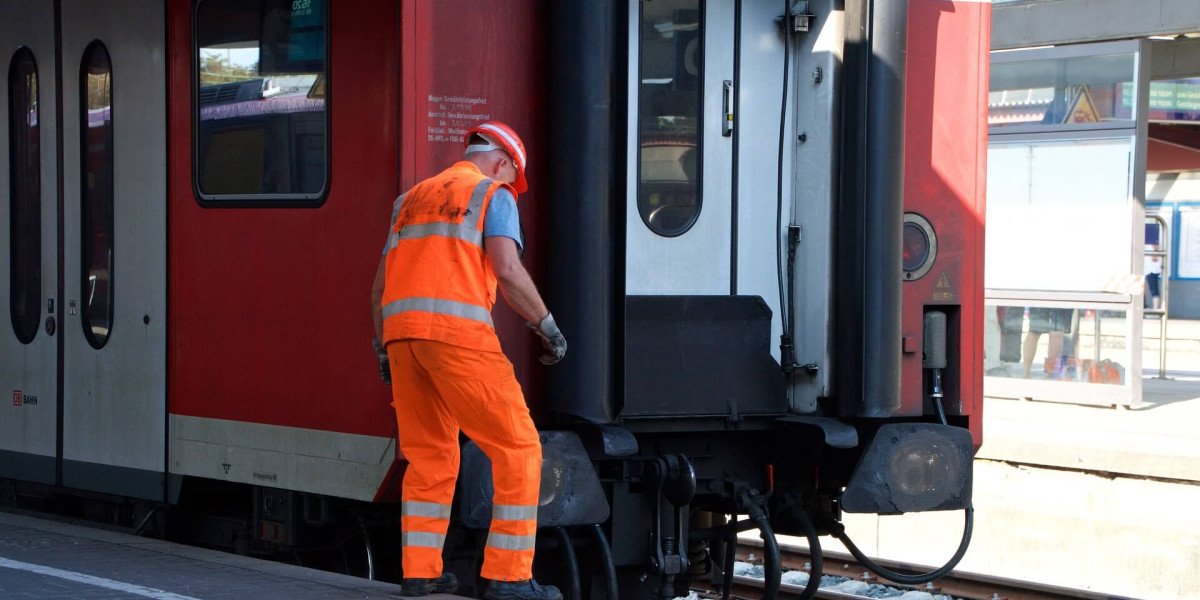The humble kickstand has long been an unsung hero in the world of cycling. While it may seem like a simple accessory, the bike kickstand plays a vital role in daily convenience, parking efficiency, and user experience. As cycling becomes increasingly embedded in urban transportation systems—thanks to environmental consciousness, smart city initiatives, and growing health awareness—the demand for improved bike accessories is surging. This includes innovative, durable, and lightweight kickstands that can meet the demands of modern riders.
In recent years, the global market for bike kickstands has gained renewed attention, particularly due to the rising popularity of electric bikes (e-bikes), cargo bikes, and commuter bicycles. The expanding base of urban cyclists, delivery fleets, and leisure riders is transforming kickstands from simple metal rods into engineered solutions optimized for diverse terrains and weights.
According to Marketintelo, “The global Bike Kickstand Market size was valued at approximately USD 112.3 million in 2024 and is projected to reach USD 178.5 million by 2032, growing at a compound annual growth rate (CAGR) of 5.9% during the forecast period 2024–2032.”
Read Full Research Study – https://marketintelo.com/report/bike-kickstand-market
Why the Kickstand Still Matters
Despite being one of the most overlooked components, kickstands contribute significantly to both rider convenience and bike stability. In densely populated urban environments where space is a premium, riders often park their bicycles on narrow sidewalks, against walls, or in crowded racks. A well-designed kickstand offers stable support and prevents bikes from toppling over, potentially damaging components or posing safety hazards.
Additionally, with more commuters and last-mile delivery services relying on bicycles, the demand for reliable two-legged kickstands and adjustable rear-mount models is on the rise. These options provide better balance for bikes carrying loads, offering practical solutions for cargo carriers, food delivery apps, and e-commerce logistics.
Innovation Driving the Market
Innovation in materials and design is central to the evolution of bike kickstands. Manufacturers are increasingly adopting lightweight aluminum alloys, carbon fiber composites, and corrosion-resistant finishes to produce products that are both strong and visually appealing. Adjustable-length kickstands that cater to various wheel sizes—from compact folding bikes to 29-inch mountain bikes—are becoming standard.
Some manufacturers have begun integrating anti-slip feet and damping systems to enhance performance on uneven surfaces. These innovations are particularly beneficial for riders who frequently park on sloped pavements or grassy areas. Furthermore, OEM (Original Equipment Manufacturer) integration of kickstands during the bike assembly process is also growing, especially in mid to high-end bicycles.
As per Dataintelo’s analysis, “The regional distribution of the
Bike Kickstand Market
reflects varying consumer preferences, market shares, and growth rates. For instance, Europe accounted for approximately 34% of the market share in 2024, generating close to USD 38.2 million.”
Read Full Research Study – https://dataintelo.com/report/bike-kickstand-market
Urban Cycling Trends Fueling Demand
Urbanization and infrastructure investments in bike-friendly cities are fueling demand for better bike accessories, including kickstands. Governments and municipal bodies across the globe are investing in cycling lanes, public bike-sharing systems, and bike parking facilities—leading to an uptick in commuter biking.
Cities like Amsterdam, Copenhagen, and Portland have set benchmarks for urban cycling, where everyday riders value convenience and efficiency. In these environments, a robust kickstand is more than an accessory—it’s a necessity for smooth, uninterrupted commutes. As such, regional demand spikes in these areas are not surprising, especially as sustainability goals intersect with transportation planning.
Segmental Overview
The bike kickstand market can be segmented by product type, material, mount location, and end-user application.
By Product Type
Single-leg Kickstands: Common on standard commuter bikes, these are lightweight and ideal for casual riders.
Double-leg Kickstands: Preferred by e-bike users and cargo carriers, they offer greater stability and are popular in delivery fleets.
Center-Mount and Rear-Mount Models: Depending on frame geometry and bike load, both types cater to specific consumer preferences.
By Material
Aluminum Alloy: The most widely used due to its balance between strength and weight.
Steel: Preferred in budget-friendly models and rugged environments.
Carbon Fiber: Emerging in premium bicycles, offering superior weight reduction.
By Application
Urban Commuting: Riders prioritize ease of use and portability.
Recreational Use: Focused on aesthetic appeal and moderate support.
Cargo and Delivery Biking: Requires durable, stable, and often dual-leg kickstands for heavy loads.
The E-Bike Connection
E-bikes are redefining the way urbanites think about commuting. As they become more affordable and accessible, their influence on peripheral markets—like bike kickstands—grows. E-bikes are typically heavier and carry more accessories (racks, batteries, motor systems), requiring sturdier support systems.
Manufacturers have responded with kickstands specifically engineered for electric bikes, featuring reinforced joints, wider base support, and custom length adjustments. As the global e-bike segment continues its upward trajectory, kickstand manufacturers are aligning their R&D efforts to meet these new performance requirements.
Regional Insights
North America
The U.S. and Canada are witnessing a surge in eco-conscious transportation, and cycling is at the forefront. Bike-to-work initiatives, state-level subsidies for e-bike purchases, and recreational biking trends are influencing aftermarket accessory demand, including kickstands. American riders are increasingly favoring multi-functional models that combine stability with sleek aesthetics.
Europe
Europe remains the largest and most mature regional market for bike accessories. With high bike penetration rates in countries like the Netherlands, Germany, and Denmark, demand for premium, durable, and innovative kickstands remains high. European consumers also lean toward sustainable materials, driving innovation in eco-friendly manufacturing processes.
Asia-Pacific
China, Japan, and India present contrasting dynamics. China dominates in both manufacturing and consumption. Meanwhile, Japan’s precision-driven bicycle culture values high-performance accessories. In India, the market is more price-sensitive, with growing interest in durable kickstands for mass-market commuter bikes.
Challenges Facing the Market
Despite growing demand, the bike kickstand market faces several challenges:
Standardization Issues: Frame geometries vary across brands, making universal compatibility a problem.
Weight vs. Strength Trade-off: Especially in high-end bicycles, balancing lightweight design with strength remains a challenge.
Supply Chain Volatility: Raw material shortages, freight delays, and fluctuating costs can disrupt production timelines and pricing strategies.
Sustainability in Focus
As sustainability becomes a core concern for both manufacturers and consumers, eco-conscious kickstands are making their mark. Companies are exploring recycled aluminum and minimal-packaging strategies to reduce carbon footprints. Lifecycle durability is also a focus, with designs intended to withstand years of use without rusting or breaking—minimizing replacement frequency and waste.
What Lies Ahead
The future of the bike kickstand market lies in adaptability and customization. As bicycles diversify in form—folding, fat-tire, hybrid, gravel, and electric—kickstands will need to follow suit. Adjustable, modular, and smart-enabled kickstands (such as those with load sensors or app-based locking) are currently in early-stage development and could change the game in years to come.
Moreover, integration of kickstands in the design phase of bike manufacturing, rather than as afterthought accessories, is likely to rise. OEM partnerships between bike brands and kickstand manufacturers will create more streamlined, cohesive, and reliable end products.








